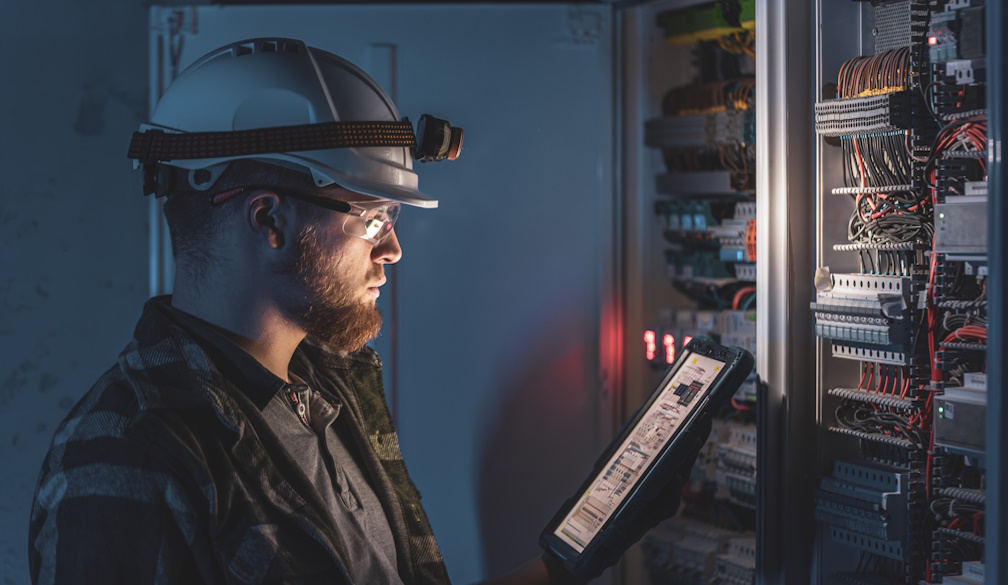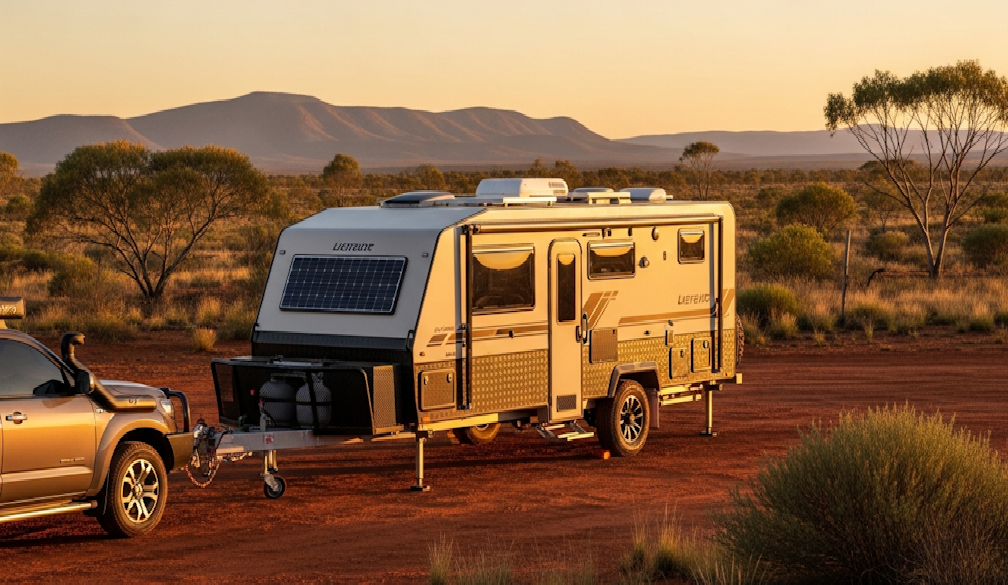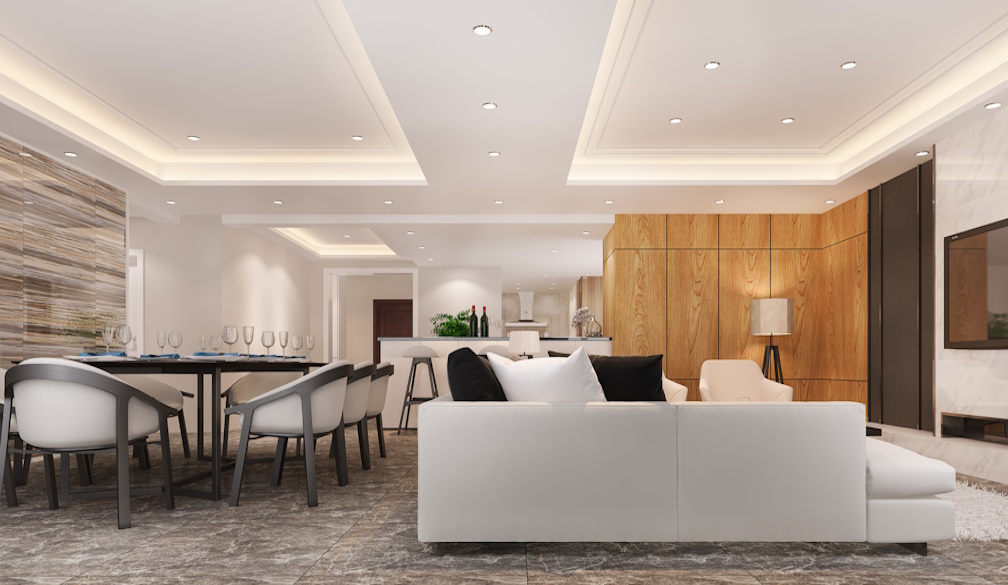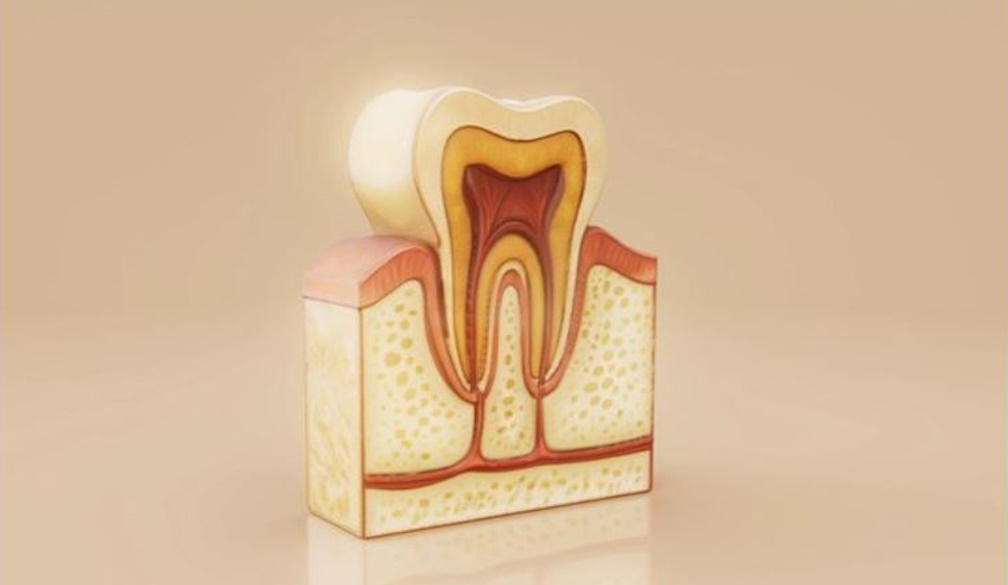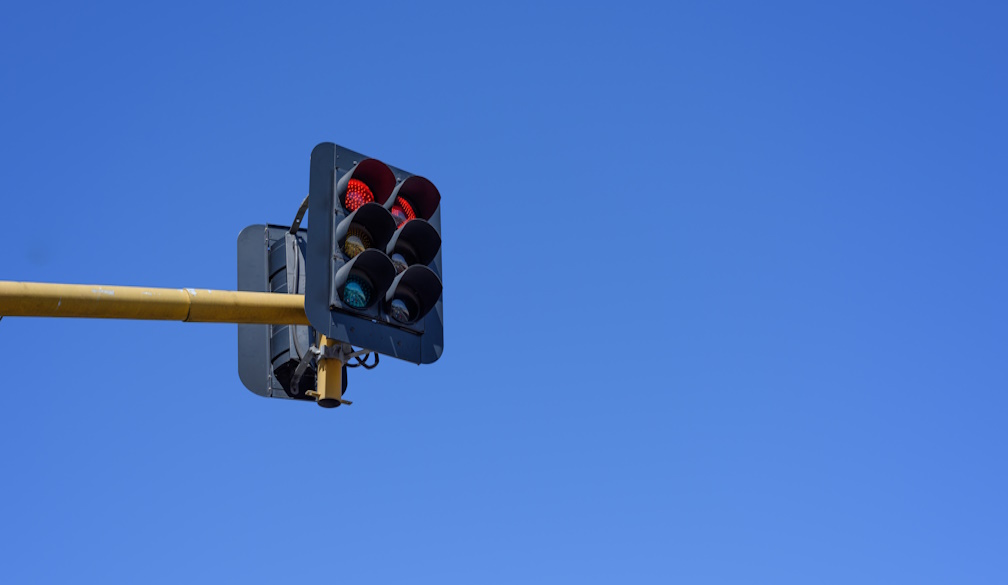Charred Timber Cladding: Is it the Right Choice for Your Build?
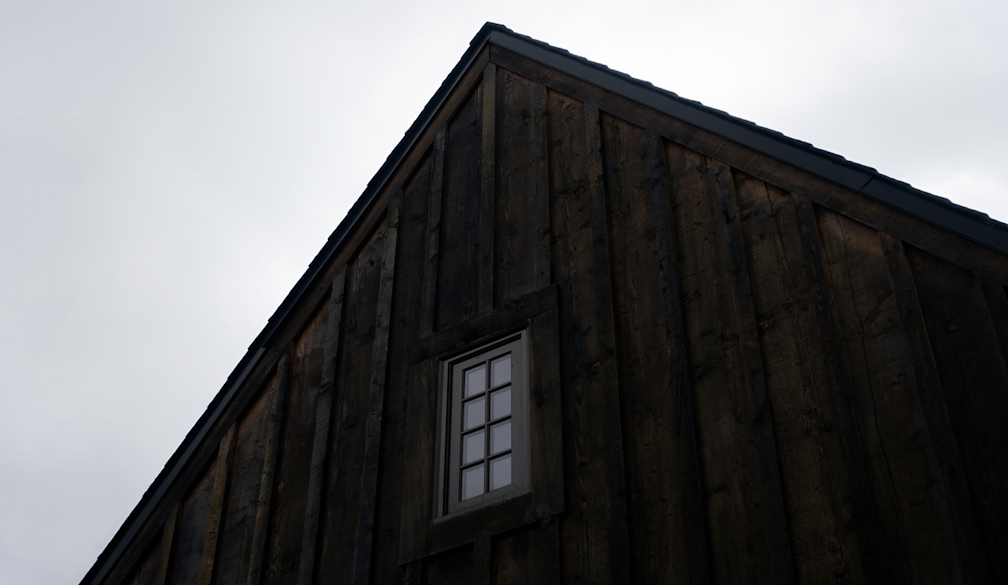
Thinking about giving your home a striking, modern edge? You might have stumbled across the captivating world of using charred timber cladding in external design. This isn't just another fleeting trend; it's a technique steeped in history, offering a unique blend of aesthetic appeal and practical benefits. But is it the right choice for your building project? Let's delve into the fascinating details of charred timber cladding, exploring its origins, advantages, and potential drawbacks to help you make an informed decision.
Imagine a finish that’s both timeless and contemporary, offering a rich, dark aesthetic that stands out from the crowd. Charred timber cladding, particularly the distinctive style of shou sugi ban timber cladding, is achieving precisely that. But the beauty is more than skin deep. The charring process actually enhances the wood’s durability, making it a surprisingly resilient choice for Australian conditions.
What is Charred Timber Cladding?
Charred timber cladding, at its core, is exactly what it sounds like: timber that has been deliberately charred. However, the process is far more nuanced than simply setting wood on fire. The technique, most notably embodied in the Japanese tradition of Shou Sugi Ban, involves carefully controlled burning to achieve specific aesthetic and protective qualities. This isn't about haphazardly torching wood; it's about precision and artistry.
The Ancient Art of Shou Sugi Ban
Shou Sugi Ban, translating to "burnt cedar board," is the traditional Japanese method of charring timber. Historically, it was used primarily on Japanese cedar (Sugi), prized for its beautiful grain and workability. The process involves charring the surface of the wood, cooling it, brushing away the loose char, and often finishing it with a natural oil. This creates a distinctive, textured surface that is both visually striking and remarkably durable. The depth of the char, the brushing technique, and the type of finish all contribute to the unique character of each board.
Beyond Shou Sugi Ban: Modern Interpretations
While Shou Sugi Ban remains the most well-known form of charred timber cladding, the technique has evolved and adapted over time. Modern interpretations may utilise different types of wood, employ varying degrees of charring, and incorporate a wider range of finishes. Some contemporary applications favour a lighter char for a more subtle effect, while others embrace a heavily textured, deeply blackened surface. The key is to understand the desired aesthetic and performance characteristics and tailor the charring process accordingly.
The Benefits of Charred Timber Cladding
So, why choose charred timber cladding for your building project? The appeal extends far beyond mere aesthetics. This technique offers a range of practical advantages that make it a compelling option for homeowners and architects alike.
Enhanced Durability and Longevity
One of the most significant benefits of charred timber cladding is its increased resistance to the elements. The charring process creates a protective layer that acts as a natural barrier against moisture, insects, and even fire. By removing the surface cellulose that insects feed on, the charred layer makes the wood less appealing to pests like termites. Similarly, the carbonised surface is more resistant to rot and decay caused by moisture. In effect, the charring process transforms the wood into a more durable and long-lasting building material. Think of it like creating a natural form of preservation.
Fire Resistance
While it might seem counterintuitive, charred timber cladding actually offers improved fire resistance compared to untreated wood. The charred layer acts as an insulator, slowing down the spread of flames and reducing the rate at which the wood burns. This is because the charred surface has already undergone combustion, making it more difficult to ignite further. While charred timber cladding is not fireproof, it can provide valuable extra time in the event of a fire, potentially saving lives and property.
Aesthetic Appeal and Unique Character
Of course, one of the primary reasons people choose charred timber cladding is its striking aesthetic appeal. The deep, rich colours and textured surface create a visual statement that is both modern and timeless. The unique grain patterns of the wood are accentuated by the charring process, adding depth and character to the cladding. Whether you're aiming for a sleek, minimalist look or a more rustic, organic feel, charred timber cladding can be tailored to suit your specific design vision.
Environmentally Friendly
Charred timber cladding can be a surprisingly environmentally friendly choice, particularly when sourced from sustainably managed forests. The charring process itself is relatively low-impact, and the increased durability of the wood reduces the need for chemical treatments and replacements over time. Furthermore, using locally sourced timber can minimise transportation costs and carbon emissions. By choosing charred timber cladding, you can create a beautiful and sustainable building that treads lightly on the planet.
Potential Drawbacks of Charred Timber Cladding
While charred timber cladding offers numerous benefits, it's important to be aware of the potential drawbacks before making a decision. Like any building material, it has its limitations and requires careful consideration.
Cost Considerations
Charred timber cladding can be more expensive than traditional timber cladding options. The charring process itself adds to the cost, as does the need for skilled labour and specialised equipment. The type of wood used, the depth of the char, and the chosen finish will all influence the final price. However, it's important to consider the long-term value of charred timber cladding. Its increased durability and reduced maintenance requirements can offset the initial cost over time.
Maintenance Requirements
While charred timber cladding is relatively low-maintenance, it's not entirely maintenance-free. Depending on the finish used, it may require periodic re-oiling or sealing to maintain its appearance and protective qualities. The frequency of maintenance will depend on the climate, the exposure to sunlight and moisture, and the type of finish applied. Regular cleaning with a soft brush and mild detergent can also help to prevent the build-up of dirt and grime.
Colour Variations and Consistency
Due to the natural variations in wood and the charring process itself, there can be some degree of colour variation between individual boards of external timber cladding. This is particularly true for heavily charred surfaces, where the depth of the char can vary slightly from board to board. While some may see this as a desirable characteristic, adding to the unique character of the cladding, others may prefer a more consistent appearance. It's important to discuss your expectations with your supplier and view samples of the finished product before making a purchase.
Installation Considerations
Installing charred timber cladding requires some specialised knowledge and techniques. The charred surface can be delicate and prone to scratching, so it's important to handle the boards with care during installation. The type of fixings used and the spacing between boards will also affect the performance and appearance of the cladding. It's generally recommended to hire experienced professionals who are familiar with the installation of charred timber cladding.
Is Charred Timber Cladding Right for You?
Ultimately, the decision of whether or not to use charred timber cladding depends on your specific needs and preferences. Consider the following factors when making your decision:
- Your Budget: Can you afford the initial cost of charred timber cladding, as well as any ongoing maintenance expenses?
- Your Aesthetic Preferences: Do you appreciate the unique look and character of charred timber?
- Your Climate: Is charred timber cladding suitable for the climate in your area?
- Your Maintenance Tolerance: Are you willing to perform the necessary maintenance to keep your cladding looking its best?
- Your Environmental Concerns: Are you looking for a sustainable and environmentally friendly building material?
If you're looking for a durable, aesthetically striking, and environmentally conscious cladding option, charred timber cladding may be the perfect choice for your project. Just be sure to weigh the potential drawbacks and choose a reputable supplier and installer to ensure a successful outcome. Perhaps you are looking for reliable suppliers of shou sugi ban timber cladding? Do your research, ask questions, and explore the possibilities. With careful planning and execution, charred timber cladding can transform your building into a true work of art.
Also Read: 5 Key Benefits of Charred Timber Cladding You Need to Know
FAQs About Charred Timber Cladding
1. How long does charred timber cladding last?
With proper installation and maintenance, charred timber cladding can last for 50 years or more. The charring process significantly enhances the wood's durability, making it resistant to rot, decay, and insect damage.
2. Is charred timber cladding fireproof?
No, charred timber cladding is not fireproof, but it does offer improved fire resistance compared to untreated wood. The charred layer acts as an insulator, slowing down the spread of flames and reducing the rate at which the wood burns.
3. Does charred timber cladding require special maintenance?
While relatively low-maintenance, charred timber cladding may require periodic re-oiling or sealing to maintain its appearance and protective qualities. The frequency of maintenance will depend on the climate, exposure to sunlight and moisture, and the type of finish applied.
4. Can I use any type of wood for charred timber cladding?
While various types of wood can be used, some are better suited for charring than others. Softwoods like cedar and cypress are traditionally used, but hardwoods like oak and ash can also be used with success. The choice of wood will depend on the desired aesthetic, performance characteristics, and budget.
5. Is charred timber cladding environmentally friendly?
Yes, charred timber cladding can be an environmentally friendly choice, particularly when sourced from sustainably managed forests. The charring process itself is relatively low-impact, and the increased durability of the wood reduces the need for chemical treatments and replacements over time.



